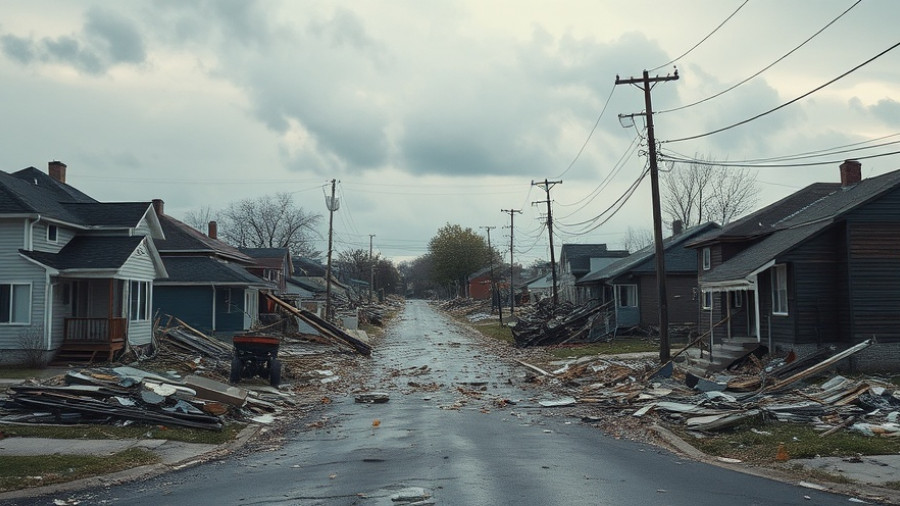
Bangladesh Factory Fire: A Devastating Reminder of Safety Shortcomings
On October 15, 2025, a catastrophic fire at a garment factory in Dhaka, Bangladesh, claimed at least 16 lives, with concerns that the death toll may increase as recovery operations continue. This tragedy unfolded in the Mirpur area, where the flames ignited around midday and quickly spread to an adjacent chemical warehouse. Eyewitness accounts indicate that hazardous materials, including bleaching powder and hydrogen peroxide, compounded the fire’s intensity, exacerbating an already severe situation.
The Bangladesh fire service director, Tajul Islam Chowdhury, highlighted the tragic circumstances surrounding the victims, many of whom were trapped due to the factory's inadequate safety measures. "The chemical explosion caused a flashover that released toxic gas, leaving many unconscious and trapping them inside," he explained. This harrowing event echoes a tragic history of industrial disasters in the region, ongoing issues tied to poor safety standards, and a workforce that remains vulnerable to such catastrophes.
The Importance of Labor Rights and Safety Regulations
This fire is not an isolated incident; it reveals systemic issues within the garment industry in Bangladesh. As reported by Human Rights Watch, many leading clothing brands have failed to fully support and adhere to safety initiatives designed to protect workers. The International Accord on Health and Safety, established after the Rana Plaza disaster, emphasizes legally binding commitments from companies to safeguard factory conditions. Yet many brands have yet to participate, leaving a glaring gap in safety enforcement.
Current Events and Future Implications for Workers
This latest incident raises critical questions about the rights and safety of garment factory workers in Bangladesh. The government has faced criticism for its inability to enforce existing regulations and improve workplace safety standards. As history shows, such negligence often leads to devastating outcomes. Following the Rana Plaza collapse, which resulted in over 1,100 deaths, public outcry did prompt some changes, yet, as this incident proves, much work remains. It underscores the ongoing struggle for safer working conditions and the need for comprehensive reforms that place worker safety above profit.
Steps for Reform: What Needs to Happen Now?
The road to improving safety standards in Bangladesh's garment industry is clear but fraught with challenges. Stakeholders must prioritize three major actions:
- Legislative Action: Stronger laws should be enacted to mandate safety inspections and enforce compliance among factory owners.
- Corporate Accountability: Brands need to take ownership of their supply chains and ensure that all factories meet stringent safety regulations. Transparency in operations will build consumer trust and potentially reduce the risk of future disasters.
- Worker Protections: Empowering workers by ensuring they can report unsafe conditions without fear of job loss is crucial for proactive safety measures.
How You Can Help
As a consumer, your choices matter. Supporting brands that are committed to fair labor practices and safe working conditions sends a strong message that the public cares about the welfare of garment workers. Look for brands that are part of the International Accord and hold them accountable through your purchasing decisions.
In the wake of this terrible tragedy, it is vital for both communities and consumers to advocate for change. Greater awareness of the realities facing garment workers in Bangladesh can catalyze the movement towards safer workplaces and more ethical production practices across the globe.
 Add Row
Add Row  Add
Add 




Write A Comment